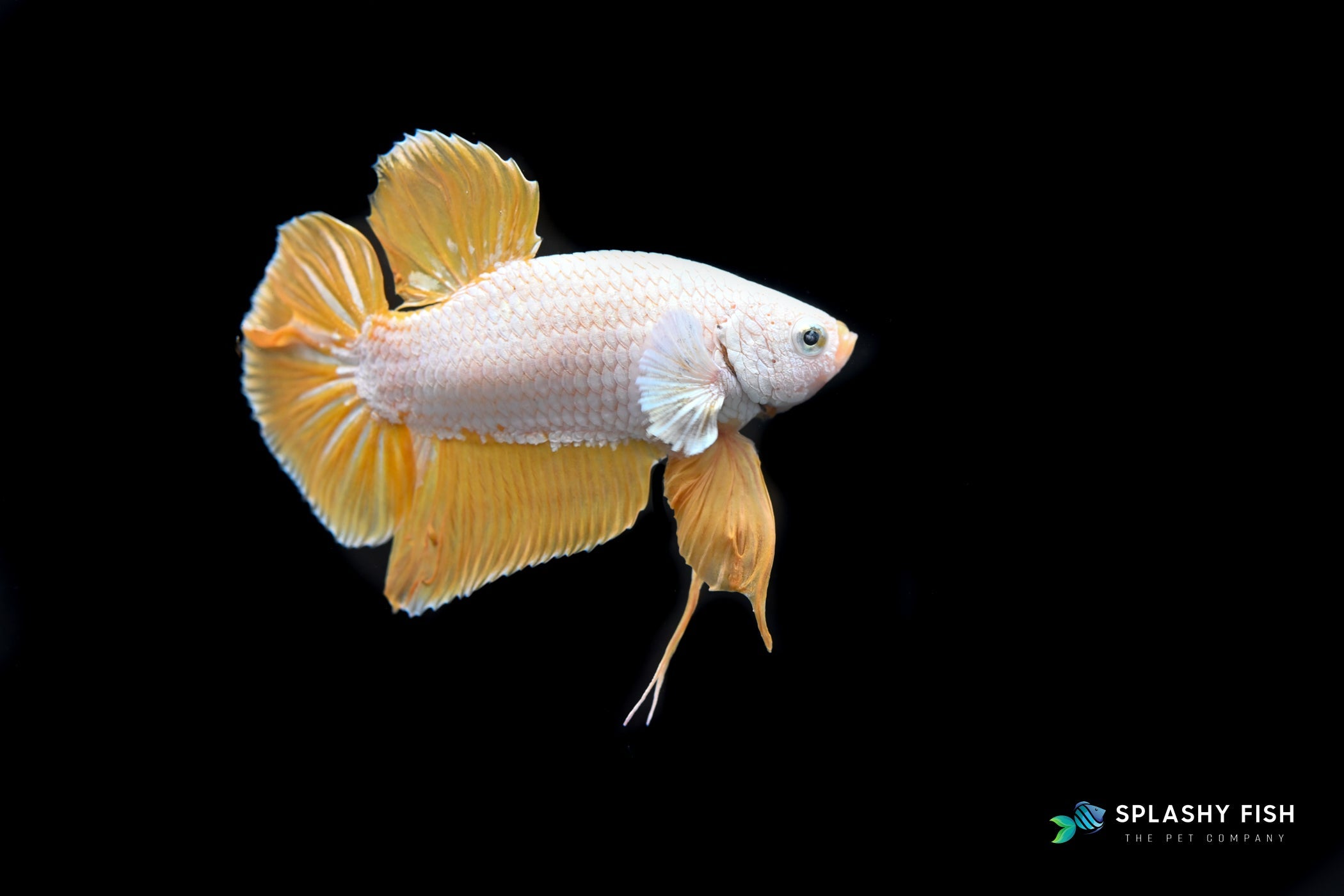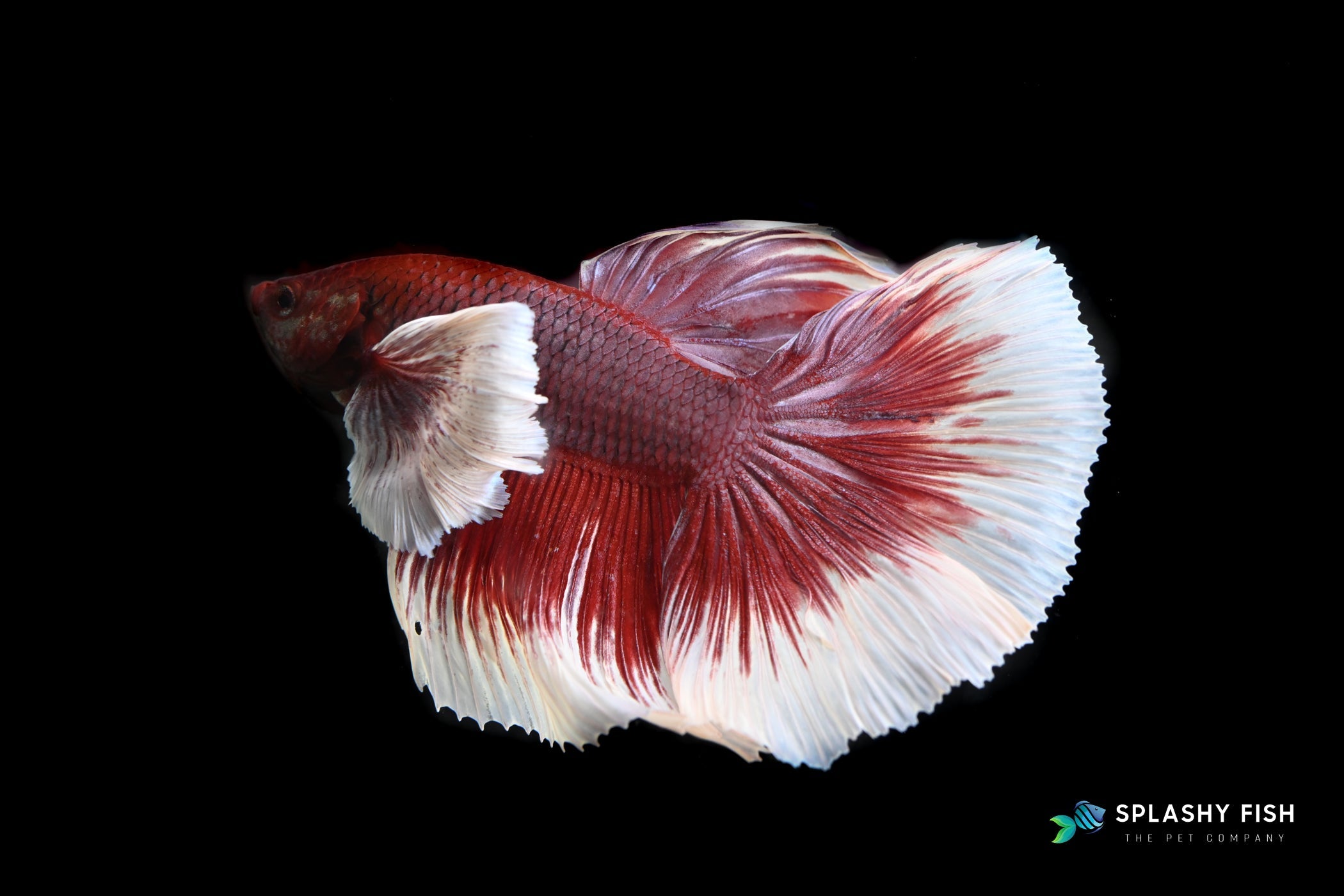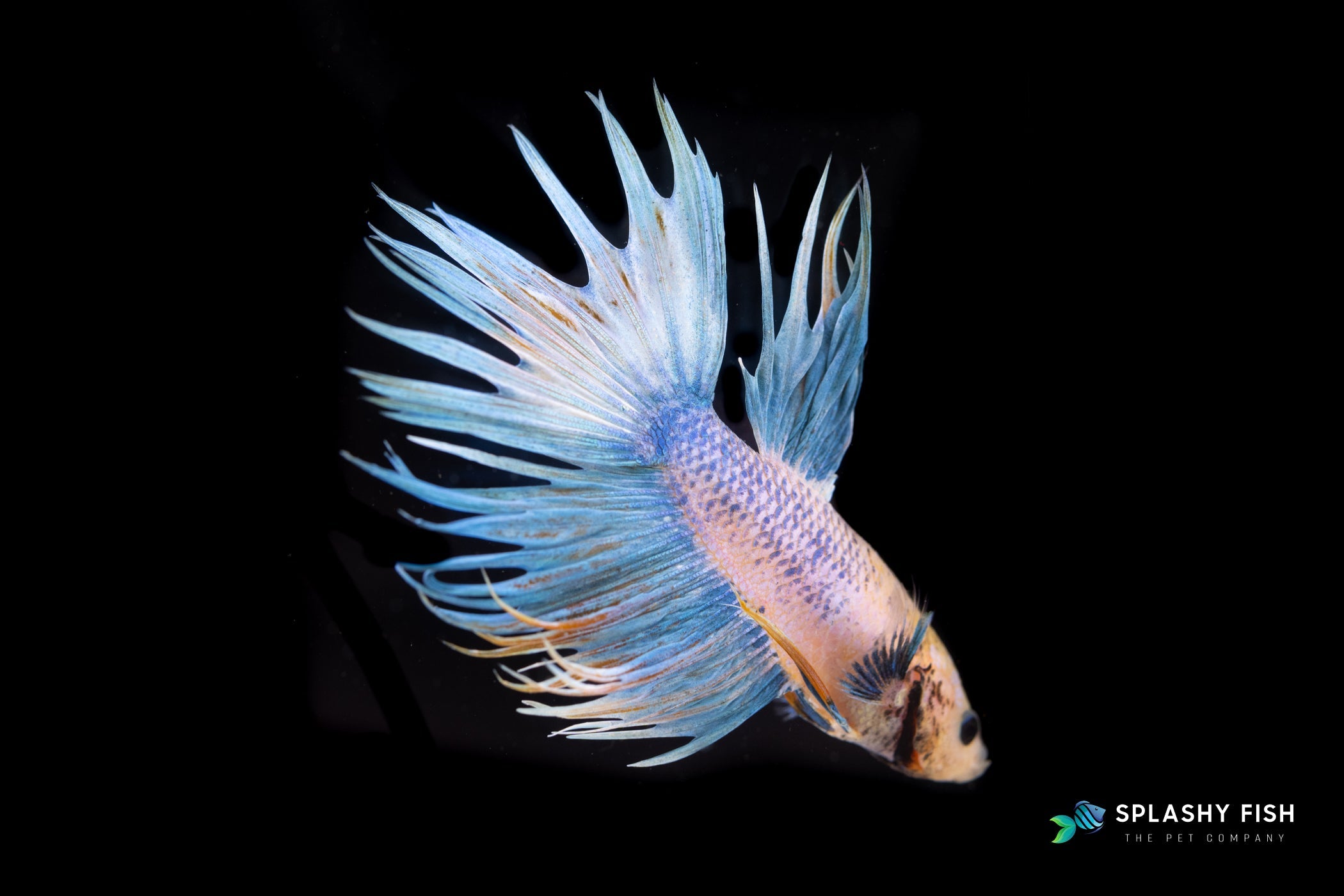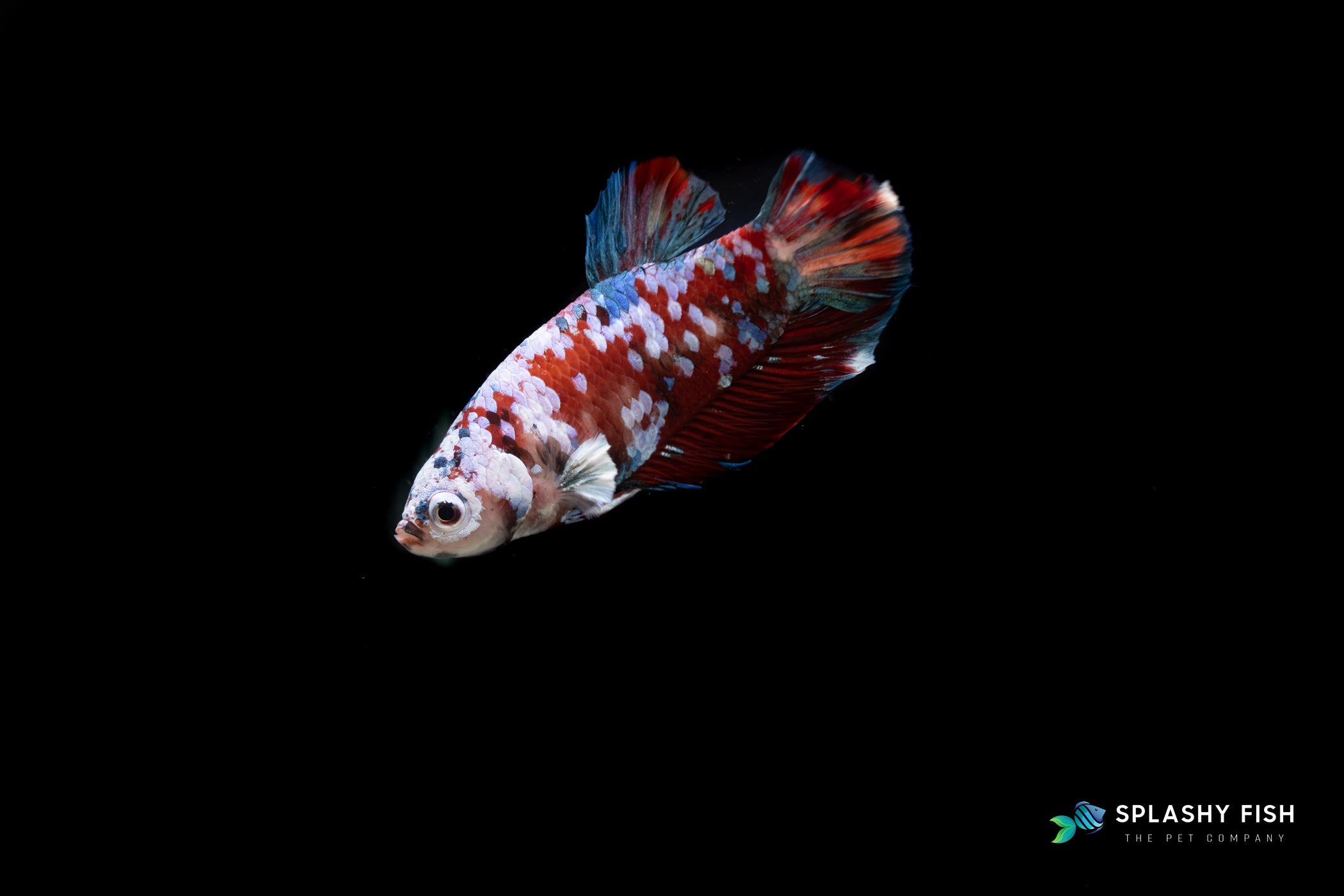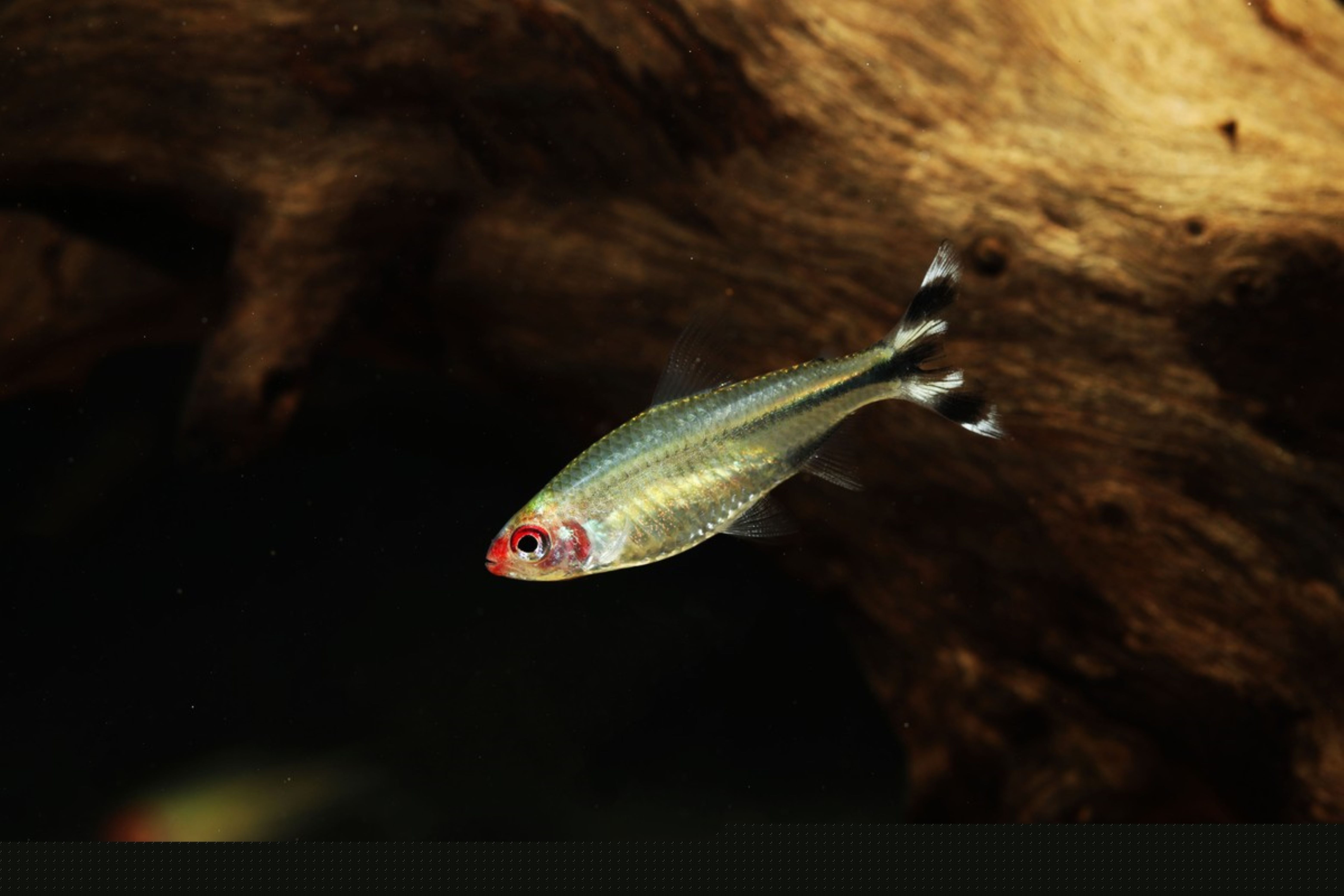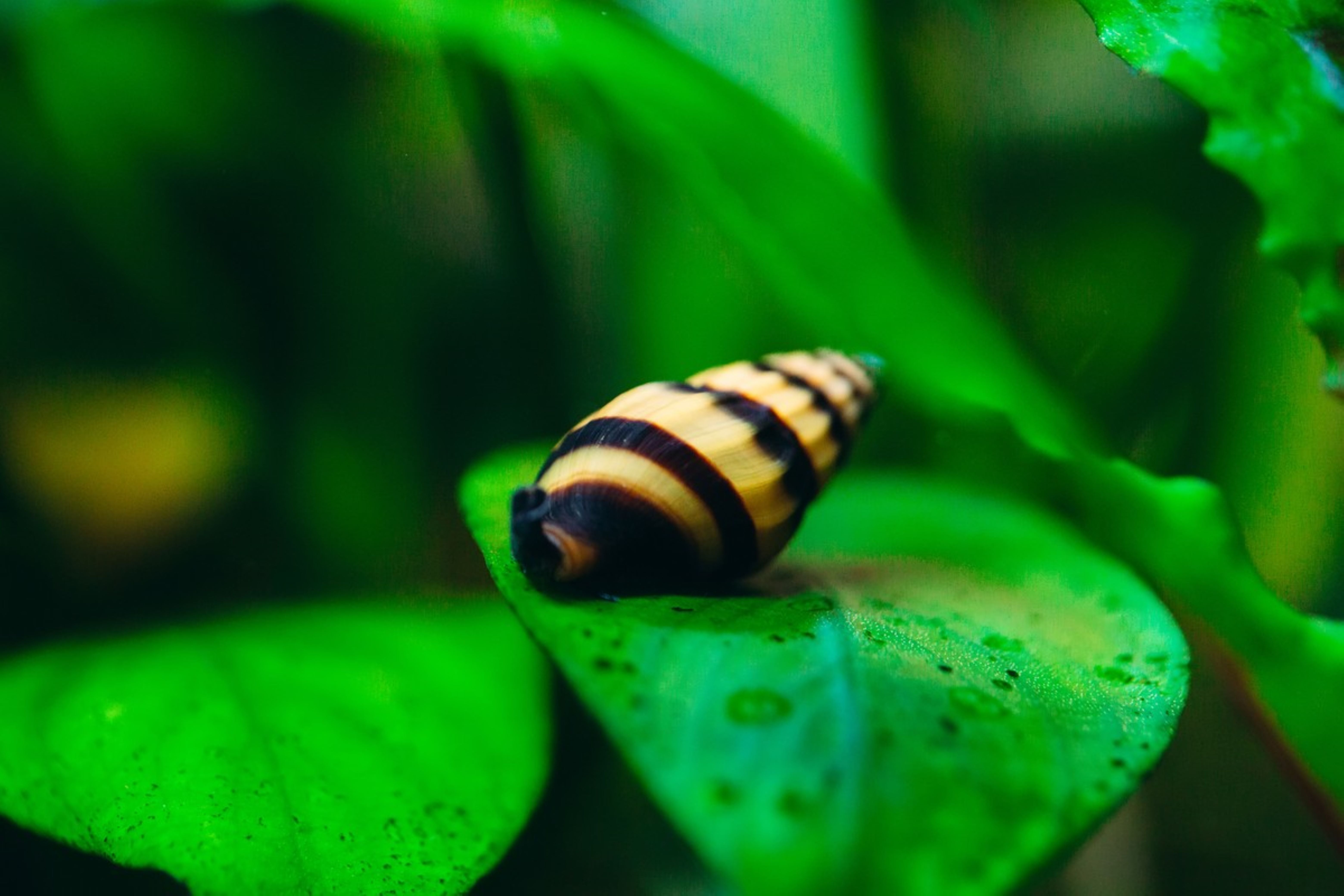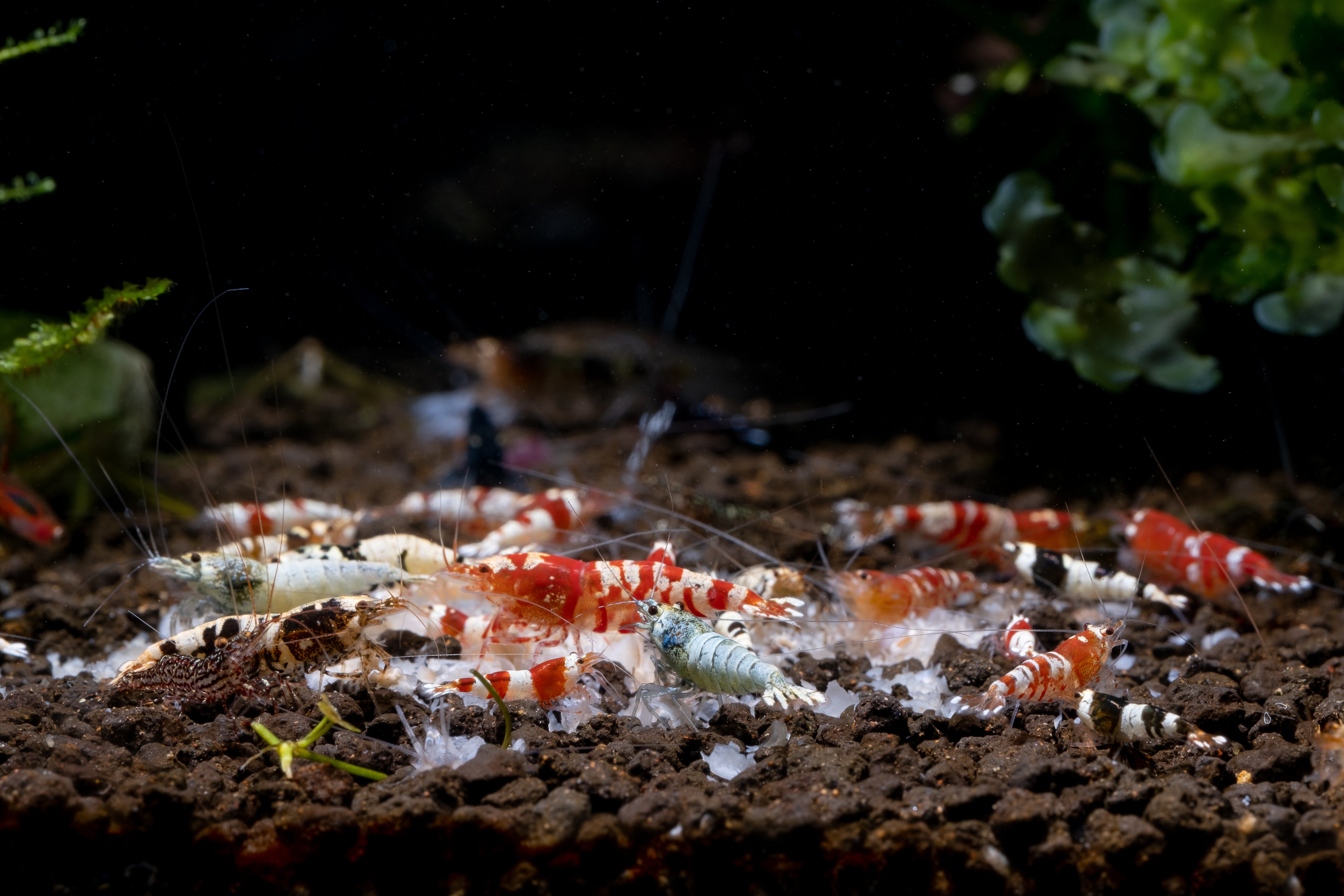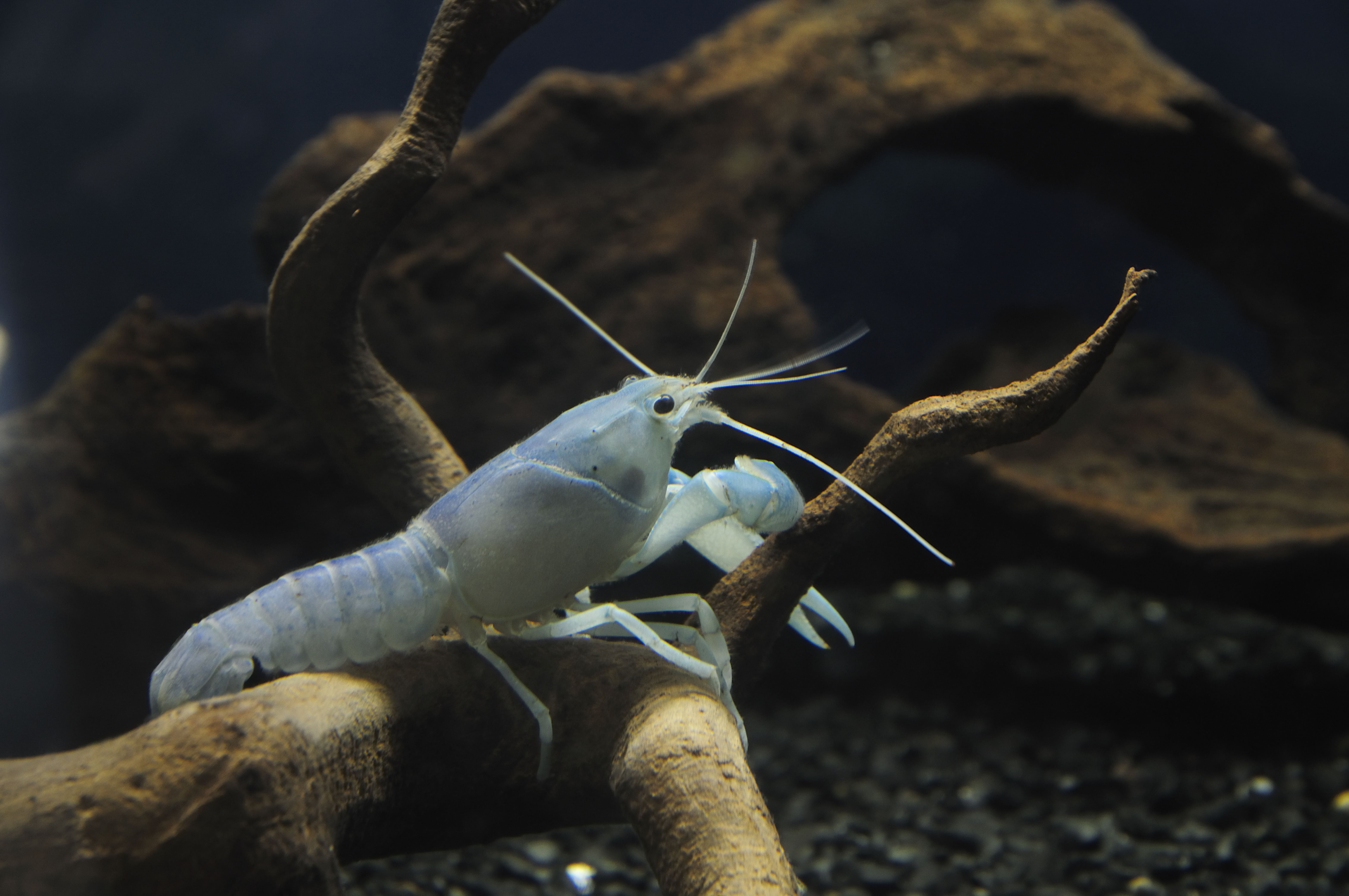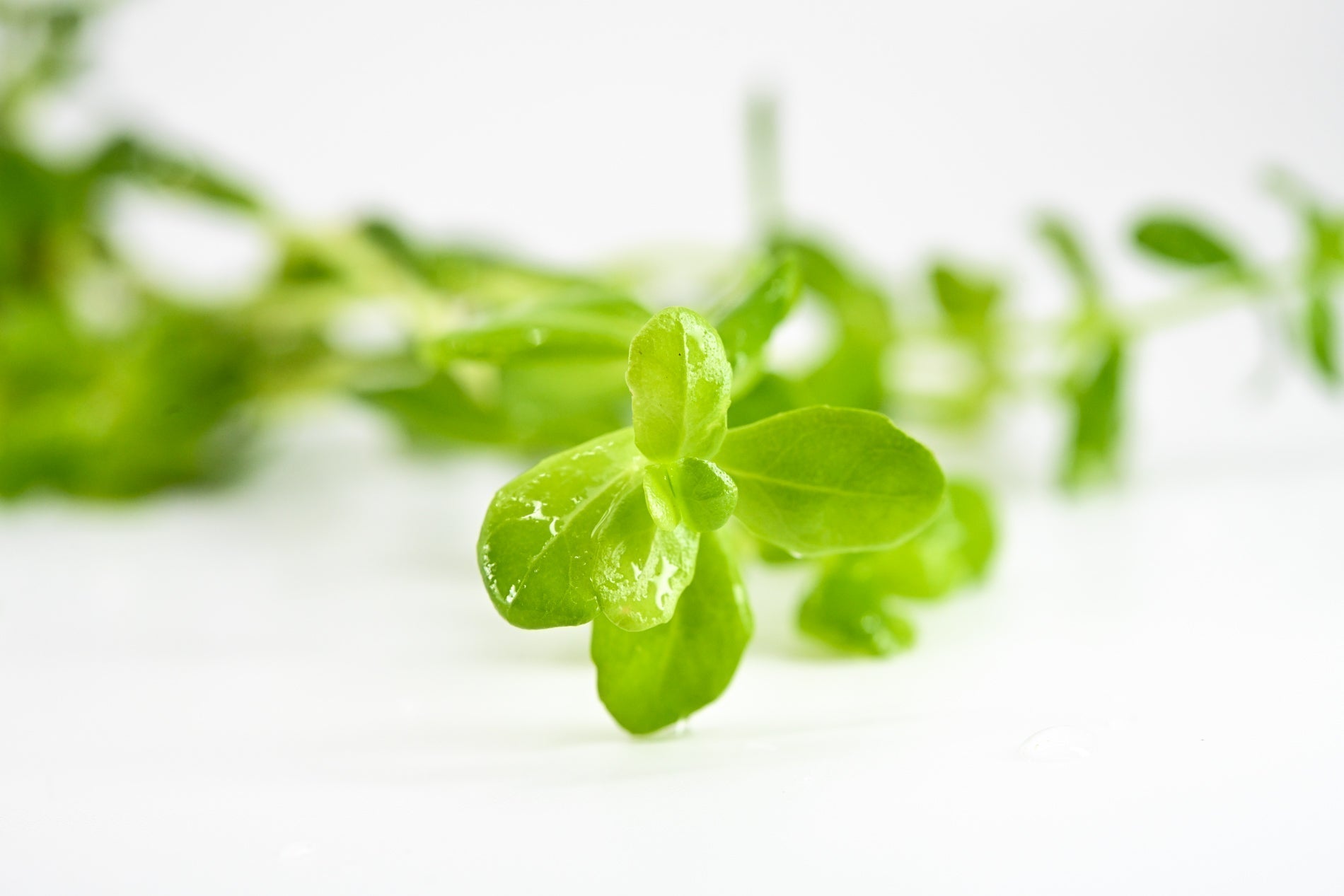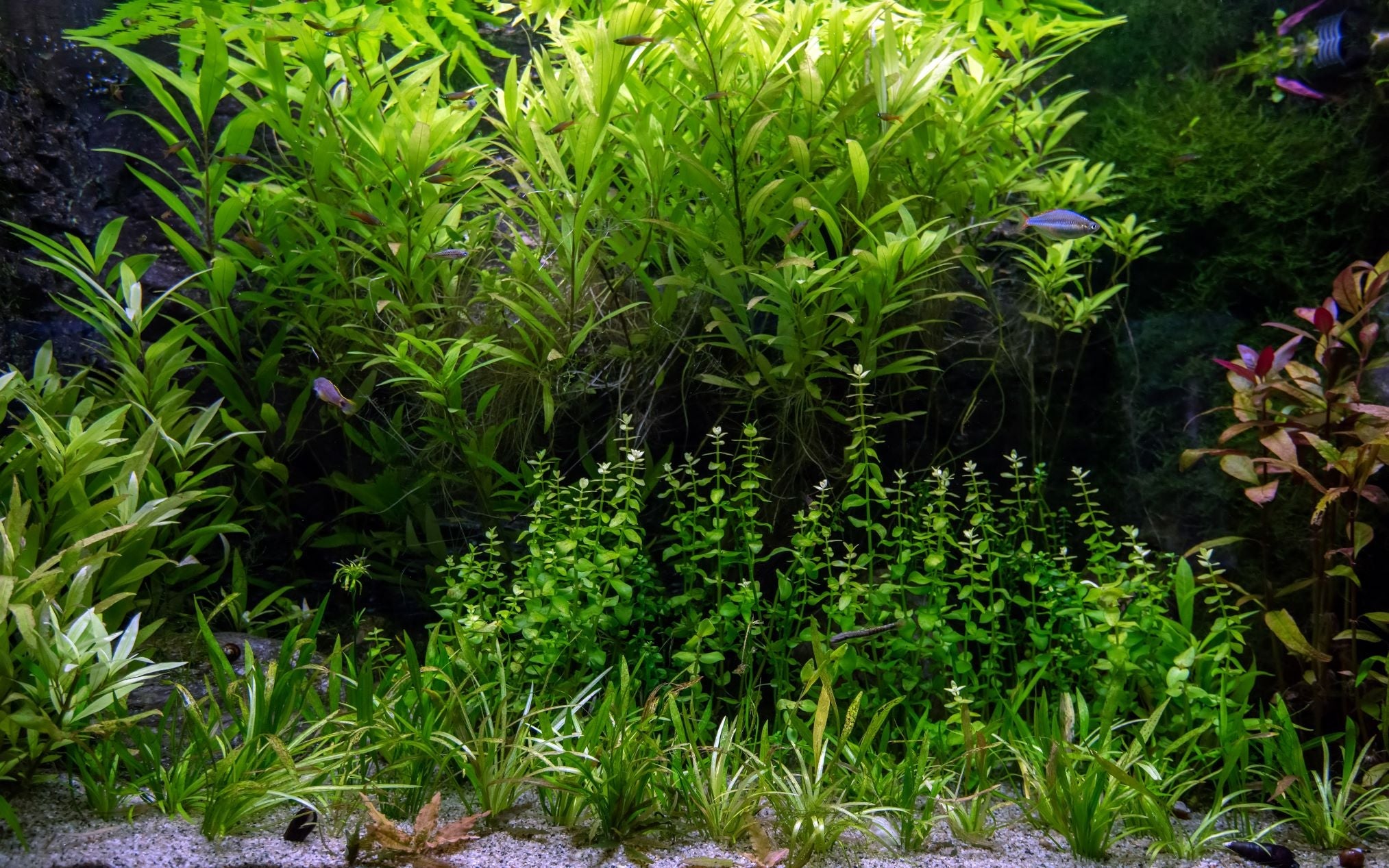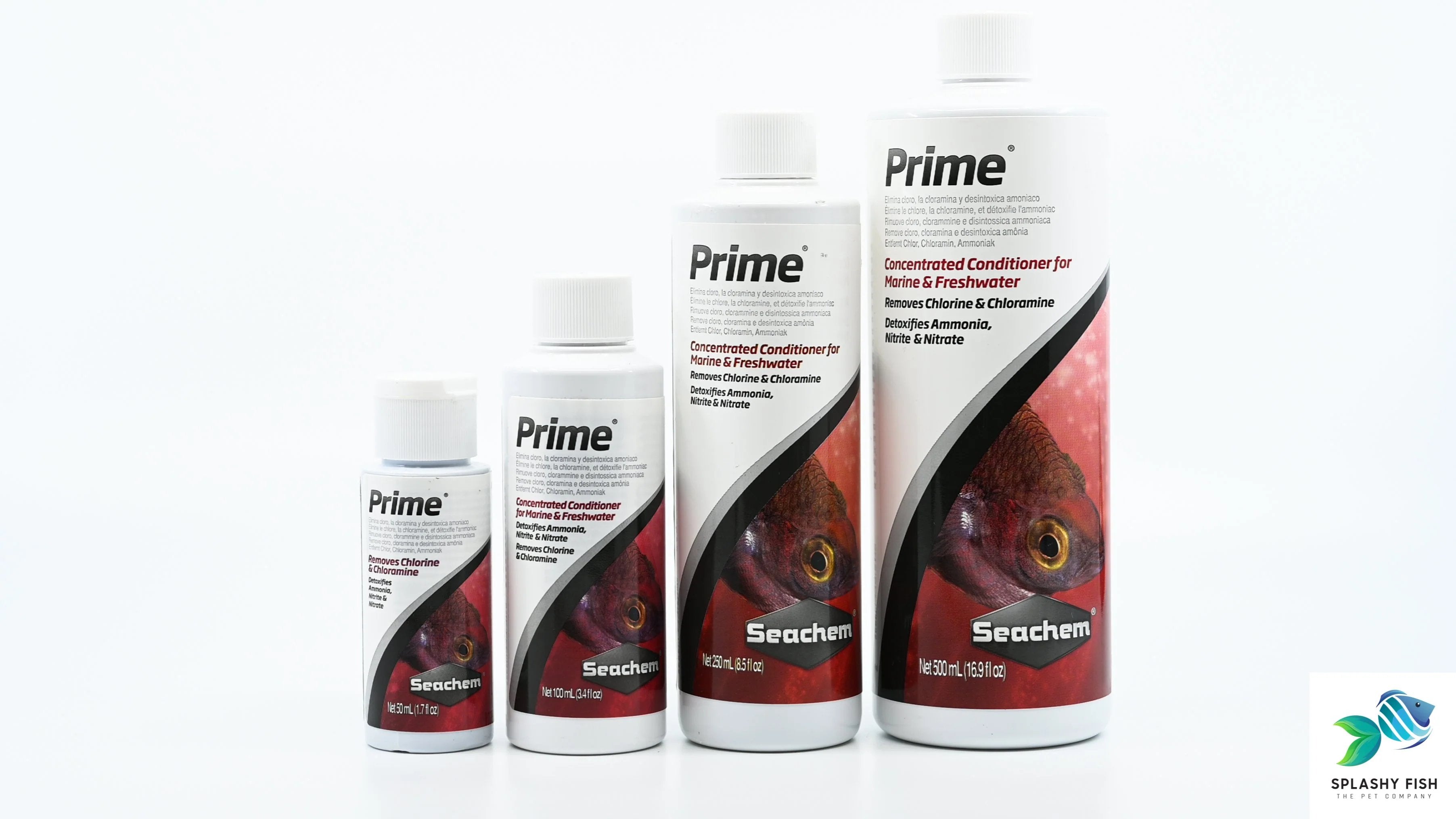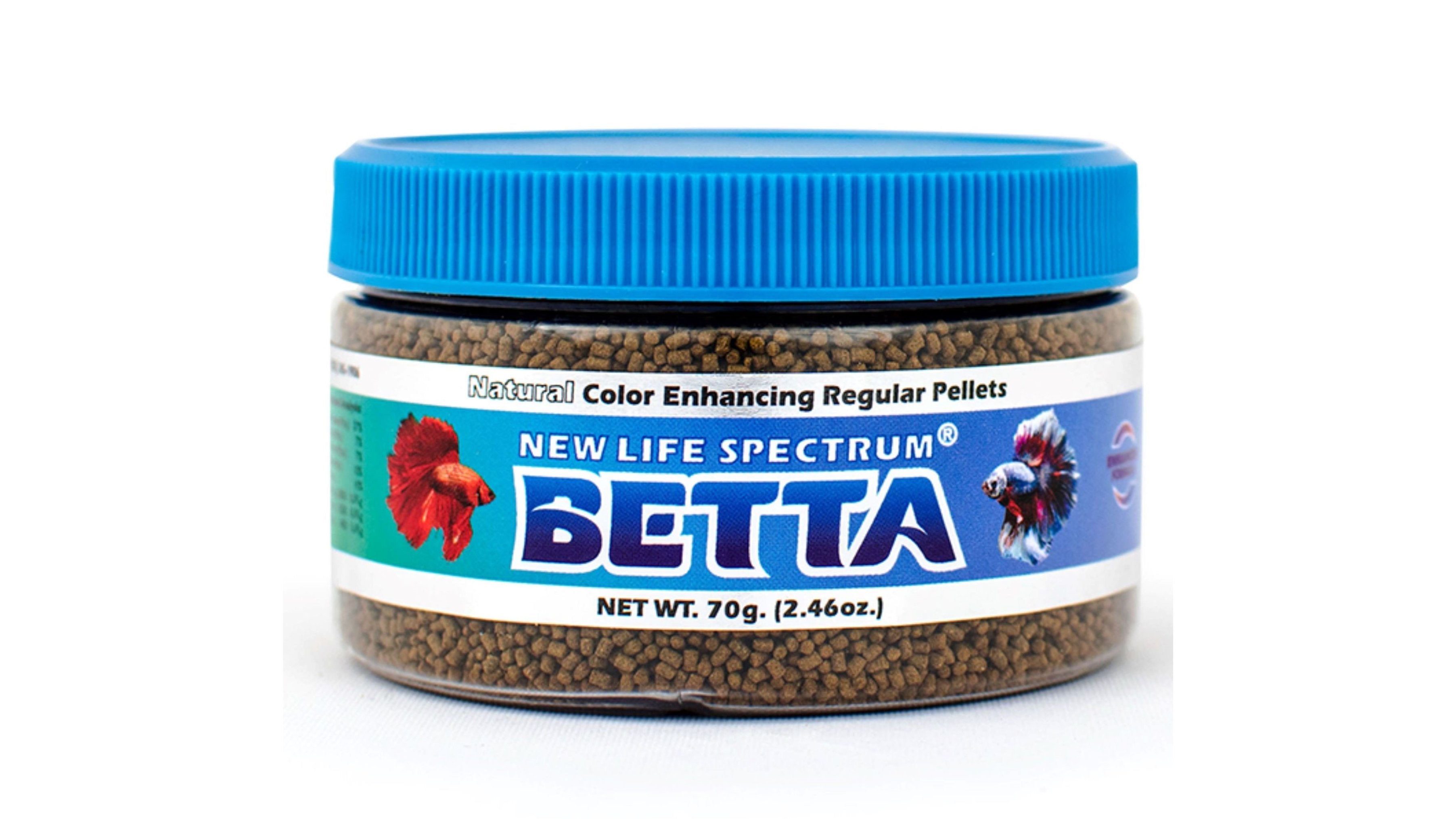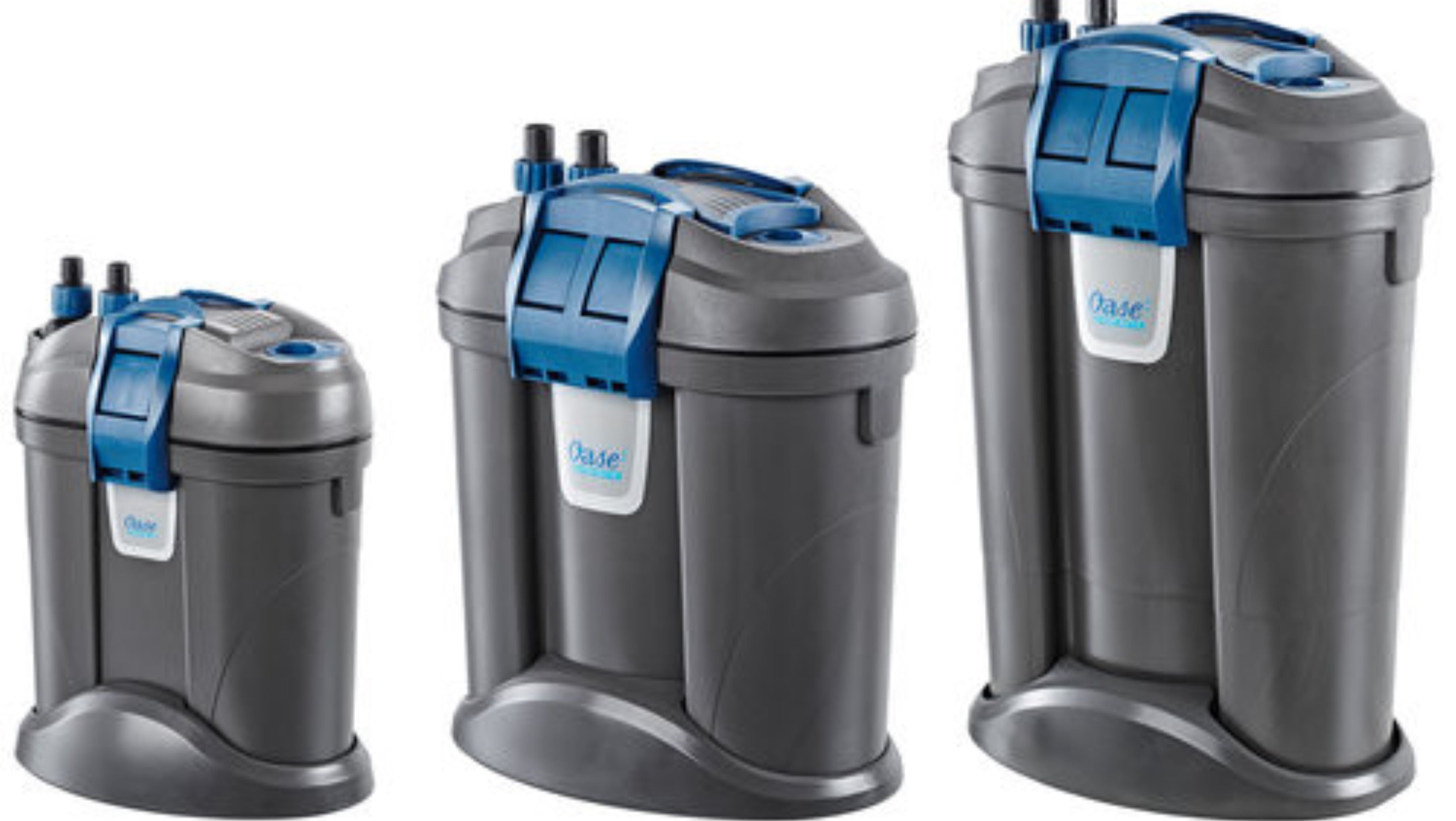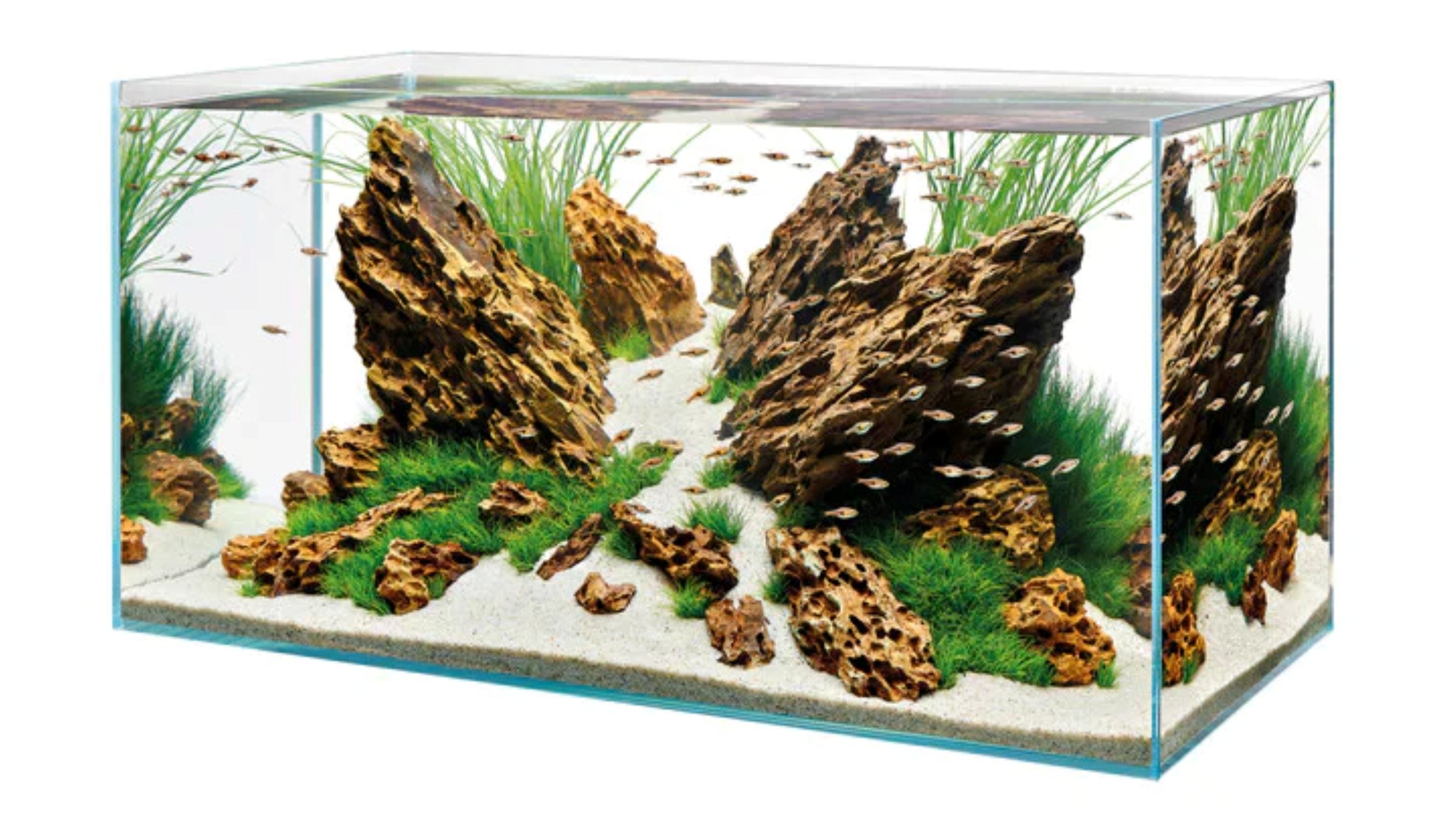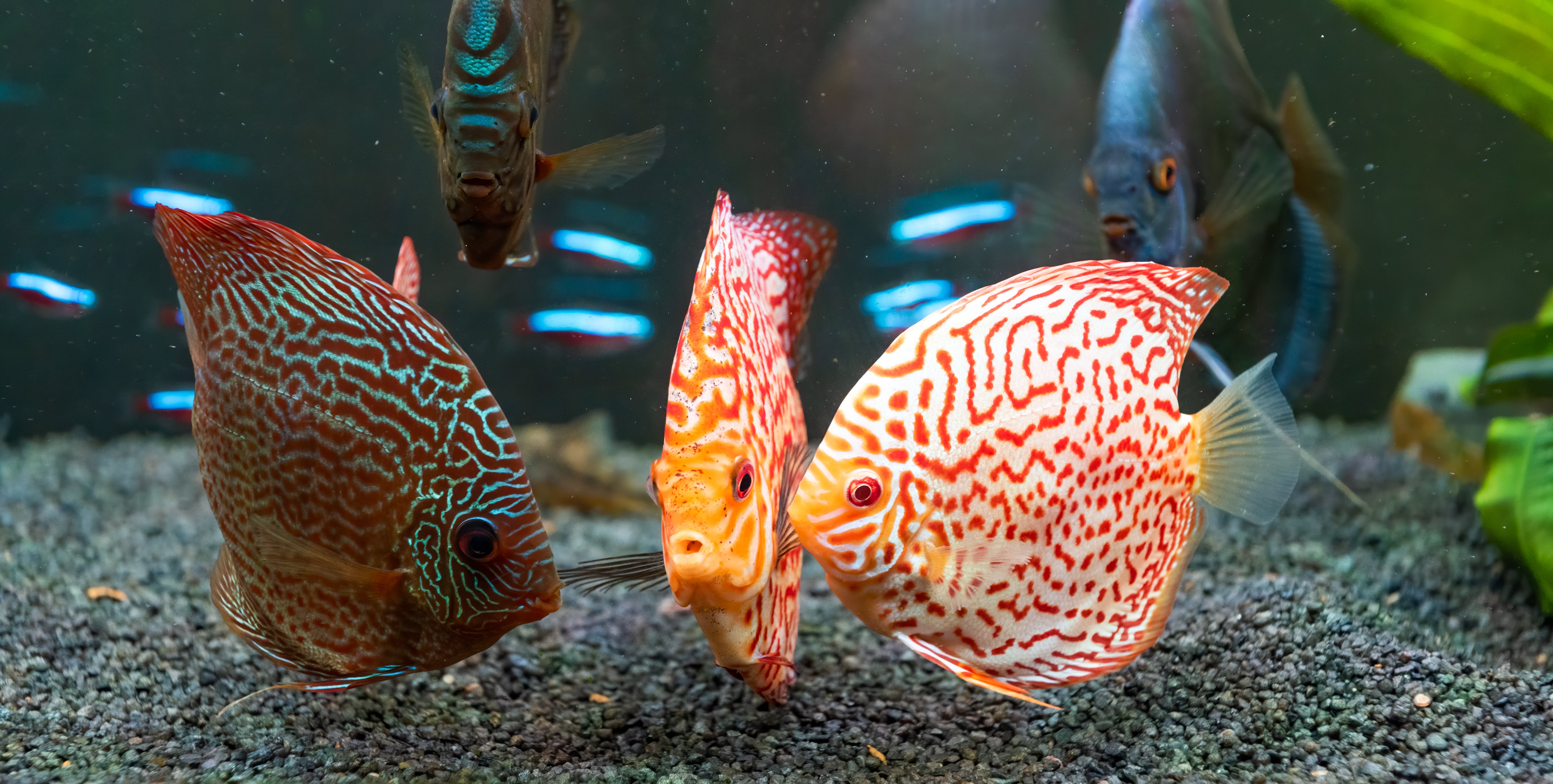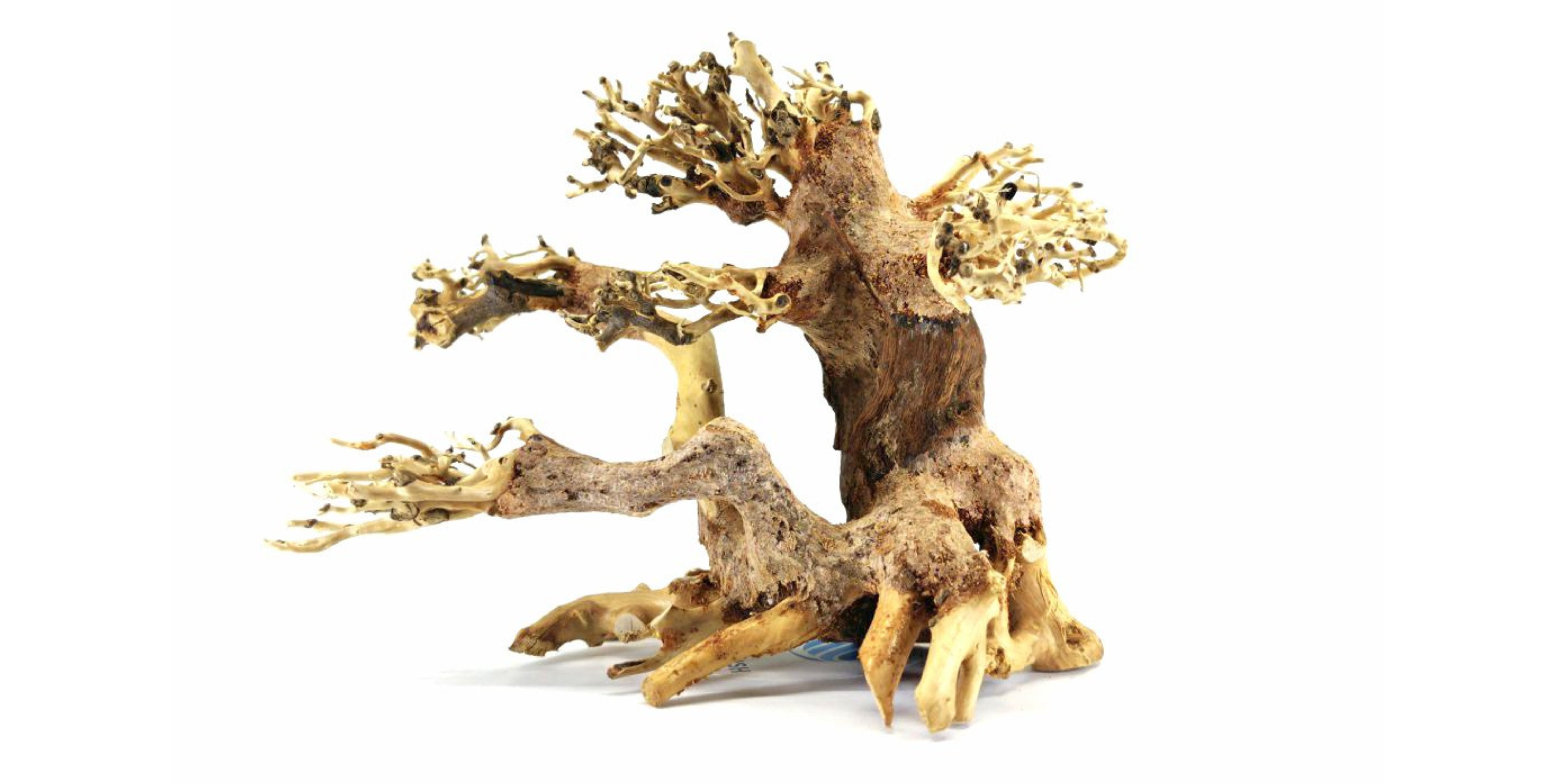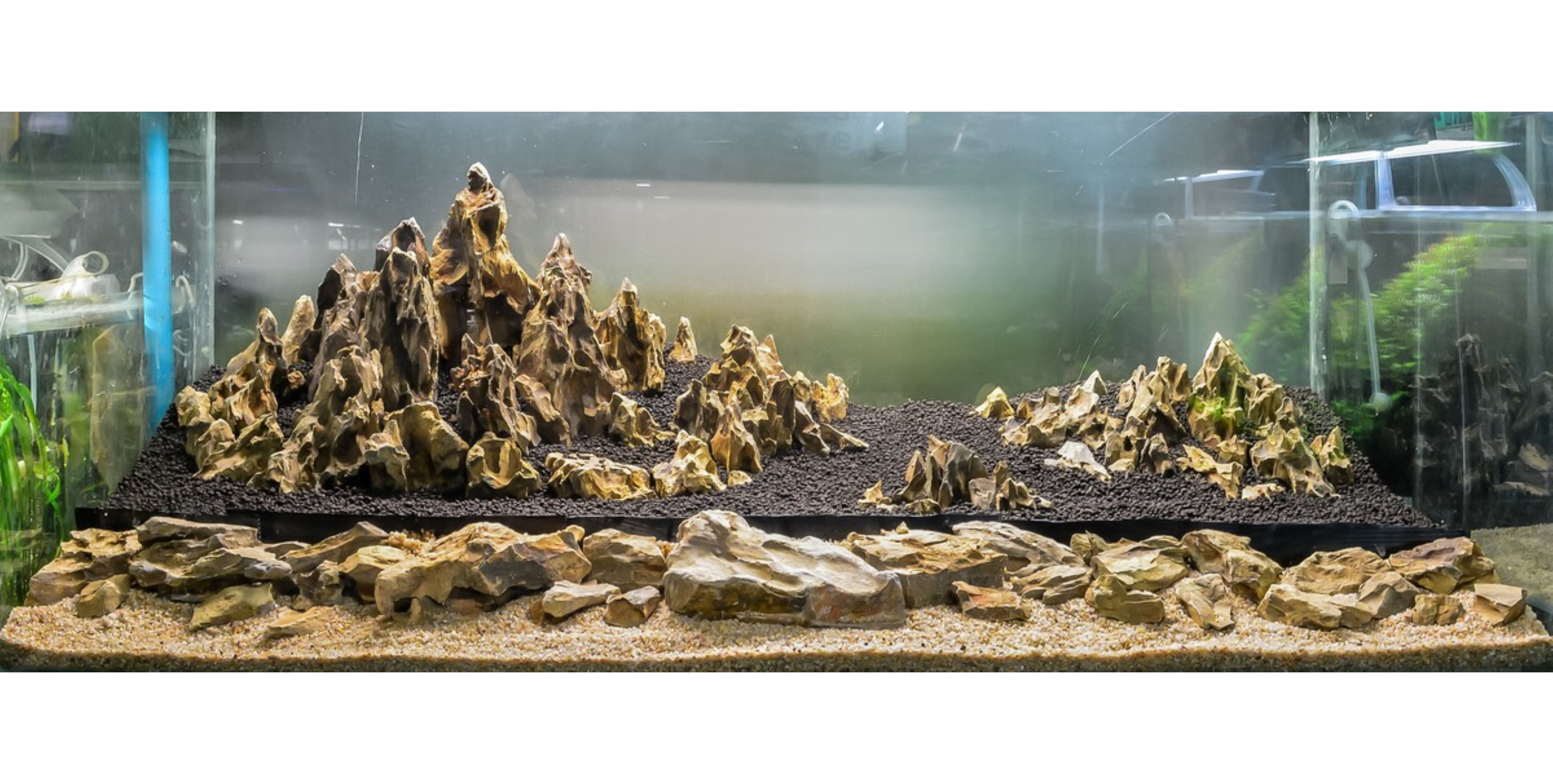Table of Contents
Vallisneria, also known as eelgrass or tape grass, is a popular choice for aquarium enthusiasts due to its beautiful, long, and vibrant green leaves. Not only does it add visual appeal to your tank, but it also provides a natural habitat for fish and other aquatic creatures. In this guide, we'll walk you through the essentials of Vallisneria care, from lighting and water parameters to proper planting techniques. We'll explore the different species of Vallisneria that are available and help you choose the perfect one for your tank. Get ready to transform your aquarium into an underwater oasis with Vallisneria – the secret to a vibrant and flourishing aquatic ecosystem.
Benefits of Keeping Vallisneria in Your Aquarium
Vallisneria offers several key benefits to your aquarium:
- Oxygenation: It produces oxygen during photosynthesis, supporting a healthy environment for fish and invertebrates.
- Natural Filtration: Vallisneria plants absorb excess nutrients, helping to control algae growth and maintain water quality.
- Hiding Spots: The dense, tall leaves provide safe hiding places for live fish and shrimp, helping to reduce stress.
- Aesthetic Appeal: Vallisneria’s ribbon-like leaves add a lush, vibrant look, enhancing the beauty of any aquascape.
Types of Vallisneria Plants and Their Characteristics
Vallisneria Spiralis (Straight Vallisneria)
Vallisneria Spiralis, or Spiral Vallisneria, is one of the more common varieties. Its straight, narrow leaves make it perfect for smaller tanks or mid-ground placement. The leaves grow between 12-20 inches, and the plant can spread quickly, making it a good option for creating dense, grassy sections in your tank. Although called “spiralis,” the leaves are not spiraled; the name refers to its spiral flower stalk.
Vallisneria Americana (Giant Vallisneria)
Giant Vallisneria is well known for its impressive size. With leaves that can grow well over 3 feet in length, these Vallisneria types are ideal for tall aquariums. It’s perfect for creating dramatic backgrounds in tanks over 55 gallons. Giant Vallisneria is also highly resilient and can withstand a range of water conditions, making it ideal for large community tanks. The broad, ribbon-like leaves make this plant visually striking, offering an almost forest-like feel in the aquarium.
Vallisneria Gigantea (Jungle Vallisneria)
This species is a true centerpiece for large aquariums. Vallisneria Gigantea can grow up to 4-6 feet in optimal conditions, making it one of the tallest Vallisneria varieties. It requires deep tanks and thrives when planted in the background of large aquariums, where its leaves can sway with water movement. Jungle Vallisneria is particularly hardy, and its rapid growth helps oxygenate water and reduce nitrates, contributing to a balanced ecosystem.
Vallisneria Torta (Corkscrew Vallisneria)
Vallisneria Torta is easily identifiable by its unique, curly leaves. Growing to a more modest 8-10 inches, this type of Vallisneria makes an excellent mid-ground or foreground plant for smaller tanks. The corkscrew-like leaves create a visually dynamic display, adding texture and interest. It’s slower to spread than other varieties but can create dense, curly “fields” over time.
Vallisneria Nana (Dwarf Vallisneria)
If you’re looking for a compact plant, Vallisneria Nana is a dwarf variety that is perfect for nano tanks or as a foreground plant in larger aquariums. It has long, thin leaves that can grow up to 12-15 inches, but it remains shorter in less bright light, making it more manageable in small spaces. This species creates a grassy meadow effect in the aquarium, providing a perfect hiding spot for small fish and shrimp.
Vallisneria Asiatica
Vallisneria Asiatica features medium-length, tapered leaves that grow between 12-16 inches. Its slender leaves are lighter green, and they often have a slight curl toward the tip, giving the plant a distinctive look. This Vallisneria plant is a great fit for aquascapes where you want a balance between tall and short plants, and it works well as a background plant in small to medium-sized aquariums.
Setting Up the Ideal Environment for Vallisneria Plants
To create an ideal environment for Vallisneria, follow these guidelines:
Substrate
Vallisneria thrives in nutrient-rich aquarium substrates such as aquarium soil or fine gravel. A deep substrate (2-3 inches) is essential for proper root development.
Tank Size
Ensure that your Vallisneria tank is large enough for your chosen species. For example, Giant Vallisneria and Vallisneria Gigantea need tanks with a height of at least 24 inches to accommodate their tall growth.
Water Flow
Moderate water flow is ideal for Vallisneria, as it helps deliver nutrients to the plant without damaging the delicate leaves.
Lighting and Water Requirements for Vallisneria Plants
Lighting
Low to moderate lighting (2-3 watts per gallon) is sufficient for Vallisneria, but stronger light will enhance its growth. Vallisneria plants can thrive even in low-light environments, making it suitable for low-tech planted tanks.
Water Parameters
- pH: 6.5 – 8.0
- Temperature: 68°F – 82°F (20°C – 28°C)
- Hardness: Soft to moderately hard water (4 – 18 dGH)
Feeding and Fertilizing Vallisneria Plants
Though Vallisneria is undemanding, providing additional nutrients can promote faster growth and more vibrant leaves:
- Root Tabs: Vallisneria is a root feeder, meaning it absorbs most nutrients through its roots. Adding root tabs near the plant’s base ensures steady nutrient supply.
- Liquid Fertilizers: Regular dosing with liquid plant fertilizers that contain micronutrients (such as potassium and iron) will promote healthy growth.
- CO2: While Vallisneria doesn’t require CO2 injection, adding CO2 can speed up its growth and make its leaves appear more lush.
Propagation and Maintenance of Vallisneria Plants
Vallisneria reproduces by sending out runners, which develop into new aquatic plants. Propagating Vallisneria is straightforward:
- Runners: As Vallisneria matures, it sends out runners from the base. These runners will eventually develop roots and new leaves. Once the new plant is established, you can cut the runner and plant it elsewhere in the tank.
- Trimming: Regular trimming is necessary, especially for taller species like Vallisneria Gigantea and Giant Vallisneria, to prevent them from overgrowing the tank.
Recommended Tank Mates for Vallisneria Plants
Small Schooling Fish
Freshwater fish such as Black Neon Tetras, Cardinal Tetras, Harlequin Rasboras, and Zebra Danios enjoy swimming through the dense leaves of Vallisneria. These small fish thrive in the cover provided by the plants, which helps reduce stress and encourages natural behaviors. The lush greenery also mimics their native environments, where they naturally school in and around submerged vegetation.
Freshwater Shrimp
Species like Red Cherry Shrimp, Amano Shrimp, and Blue Dream Shrimp are ideal companions for Vallisneria. The dense foliage offers protection from larger fish and provides an ample surface area for biofilm and algae to grow, which these shrimp love to graze on. In a heavily planted tank with Vallisneria, aquarium shrimp populations can thrive, as they are less likely to be preyed upon by larger fish.
Livebearers
Fish like Guppies, Platies, Swordtails, and Mollies are fantastic companions for Vallisneria. These livebearers often breed in community tanks, and the dense foliage provides perfect cover for fry to hide until they are large enough to avoid predators. Livebearers also enjoy the natural shelter that Vallisneria offers, making them feel more secure in their environment.
Dwarf Cichlids
Smaller cichlids such as Apistogramma and Kribensis work well in tanks with Vallisneria. These aquarium fish appreciate the shelter provided by the tall leaves, especially during breeding, when they become more territorial. Unlike larger cichlids, dwarf species are less likely to uproot the plants, making them ideal companions in a Vallisneria aquascape.
Snails
Freshwater Snails such as Nerite Snails and Assassin Snails are compatible with Vallisneria. Nerite snails, in particular, are excellent for algae control, helping to keep the leaves of Vallisneria free from algae buildup without harming the plant itself. Assassin Snails help control pest snail populations without disturbing the plants.
Peaceful Catfish
Corydoras Catfish and Otocinclus Catfish are gentle bottom dwellers that won’t uproot Vallisneria or nibble on the leaves. Corydoras will sift through the substrate around the Vallisneria roots, helping to keep the tank clean without disturbing the plant. Otocinclus are also excellent algae eaters and will graze on any algae that forms on the Vallisneria leaves.
Algae-Eating Fish
Siamese Algae Eaters and Otocinclus are perfect additions to tanks with Vallisneria because they actively consume algae, preventing it from covering the plant leaves. These algae eaters are non-aggressive and peaceful, ensuring they won’t disturb your plants while helping maintain clean foliage.
Conclusion
Vallisneria is an excellent plant for aquarists of all levels. Its ability to grow under varying conditions and its role in maintaining a balanced ecosystem make it a staple in many aquascapes. Whether you’re aiming to create a vibrant background or a natural habitat for your fish, Vallisneria will thrive with the right care and environment. At our Splashy Fish fish store, besides Vallisneria for sale, there is a wide range of other freshwater plants for sale, freshwater fish for sale, invertebrates for sale, and other aquarium supplies for sale. Visit our store online or aquarium in Virginia by following the map below.
FAQs
Can Vallisneria grow in low-light tanks?
Yes, Vallisneria can grow in low to moderate light conditions, although moderate lighting will result in faster growth and more vibrant leaves.
How tall can Vallisneria grow?
Depending on the species, Vallisneria can grow anywhere from 8 inches to over 4 feet. Species like Vallisneria Gigantea and Giant Vallisneria are best suited for large tanks due to their tall growth.
Does Vallisneria require CO2?
Vallisneria doesn’t require CO2 injections, but adding CO2 can promote faster growth and enhance leaf color.


